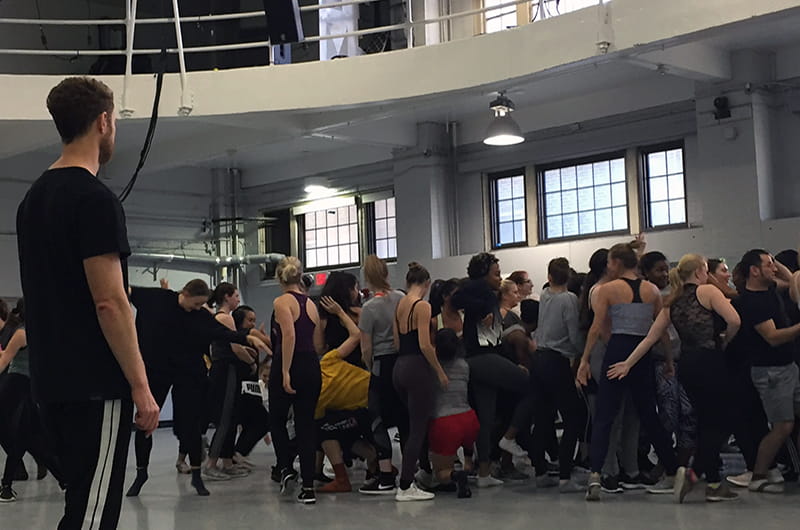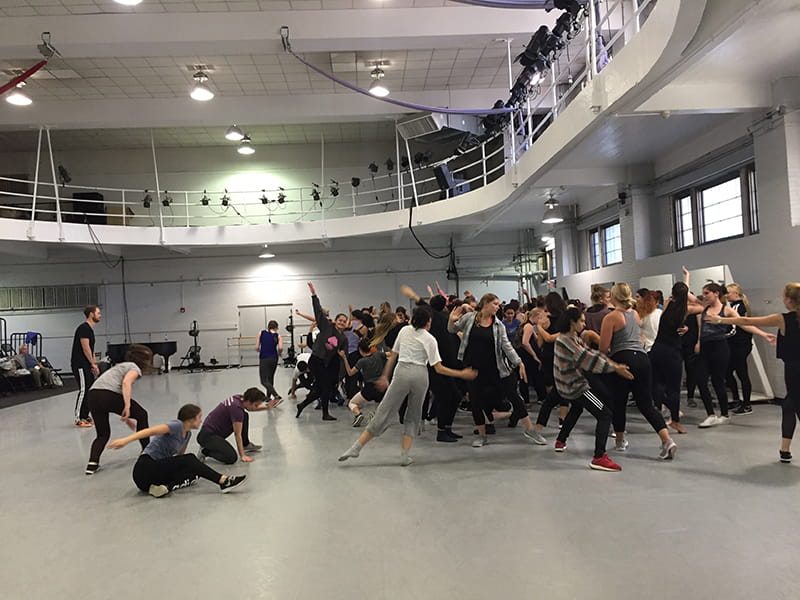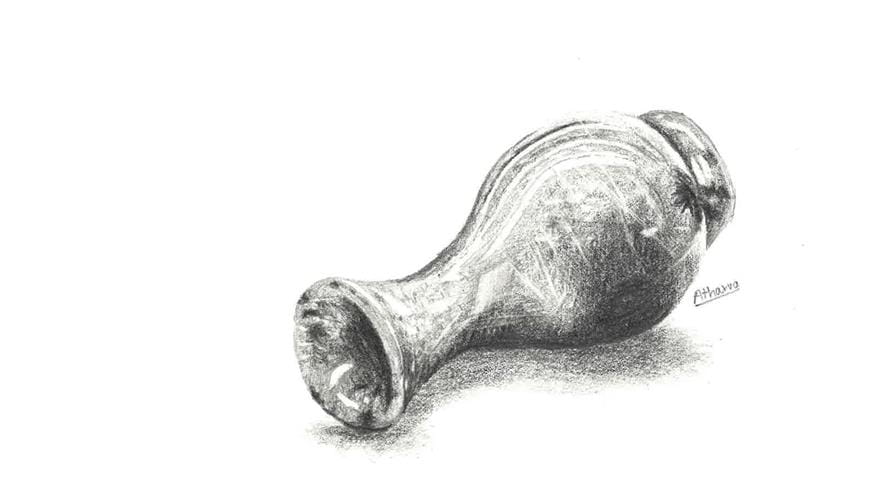Philadelphia Museum of Dance to Bring Local Dance Students, Community Together for Choreographic Assembly

There are usually several rehearsals. There are usually days for tech. There’s usually plenty of time to get into the nitty-gritty details.
But that’s not the case for senior dance major Caraleigh Stifler from Drexel University’s Westphal College of Media Arts & Design in terms of her upcoming performance as part of the Philadelphia Museum of Dance — a free, public choreographic assembly spearheaded by Drexel and French choreographer Boris Charmatz from 3–9 p.m. on Oct. 6 at the Barnes Foundation.
Stifler will take part in a piece featuring more than 150 students from five local university-level dance programs, including Drexel’s. Despite the sheer number of dancers participating in the piece, Stifler will have just two rehearsals with other participants before the performance.
An unusual case for an anything-but-ordinary event.
“This is going to be a new and different way to experience dance and performance that they’ve never seen before,” Miriam Giguere, PhD, professor and department head in Drexel’s Department of Performing Arts, said of the event and its audience. “It’s a one-day, one-time event, so it’s just a spectacle not to be missed.”
Drexel first partnered with Charmatz in 2016 on a residency of performances, lectures and workshops called “Dancing Dialogues,” which was funded by The Pew Center for Arts & Heritage. As part of the residency, Charmatz did an open conversation at The University of the Arts where 200 dance majors from the school were in the audience.
“Boris was excited to see so many college dancers all in one spot,” Giguere recalled. “He commented that a situation like that would be unusual for him in France. And so, when we worked with Boris to structure another project for this year — the Philadelphia Museum of Dance project — Boris wanted to work with a large group of college students to set a piece on them.”
For Stifler, who remembers “Dancing Dialogues” but did not get to work with Charmatz directly at that time, the opportunity to participate in the choreographer’s piece — titled 1973 — this time around is incredibly exciting.
“It’s going to be really interesting to see how Boris is going to go about teaching 150 people at one time,” she said. “I think that for me, just learning the piece and his process, that’s going to be the most exciting part and I’m most interested in how that’s going to go. I feel like that’s no easy task for a choreographer — working with that many people at once. So I’m kind of interested to see where it’s going to start and how it’s going to evolve by the end of the weekend of rehearsals.”

1973 will be just one of roughly 20 performances which will take place throughout the six-hour Philadelphia Museum of Dance event, which was also funded by the Pew Center. The festivities will begin with a group warm-up led by Charmatz in which anyone — including the audience — is invited to participate. Guests can explore the “Solo Forest,” a structure with 11 simultaneous solos, where the Drexel community might find a familiar face in Rebecca Arends, an adjunct faculty member in dance, who is performing. In the very last piece of the program, four alumni from Drexel’s dance program will also perform in a show called danse de nuit, which will take place outside after dark.
For all involved, it’s bound to be a remarkable event — though exceptionally so for the participating undergraduates.
“This is really a remarkable opportunity for students to not just see professional dance from around the world and in Philadelphia, but to actually be performers in it,” Giguere said.
For the audience, it’s also a rare opportunity to become an active part of the choreography as they move through the performances. Stifler said she hopes the audience enjoy the “crowdedness” as well as the community-building aspect the event will undoubtedly have.
“Just to see how many people within the dance community, or within Philadelphia, appreciate the arts and that it doesn’t really matter about your background or what school you came from,” she said, “it’s just kind of the joy of art and movement and dance, and [I hope they] see that and just kind of have this appreciation all around.”
And for Drexel at large, an additional opportunity also presents itself — to further its mission as a “cultural anchor” in Philadelphia, Giguere said.
“The performing arts at Drexel — music, theatre and dance — are a vibrant part of the University, and this project allows us to present something that is provocative, thought-provoking, intellectually challenging and socially interactive for the whole city,” she said.
Click here for more information about the event.
In This Article
Drexel News is produced by
University Marketing and Communications.

